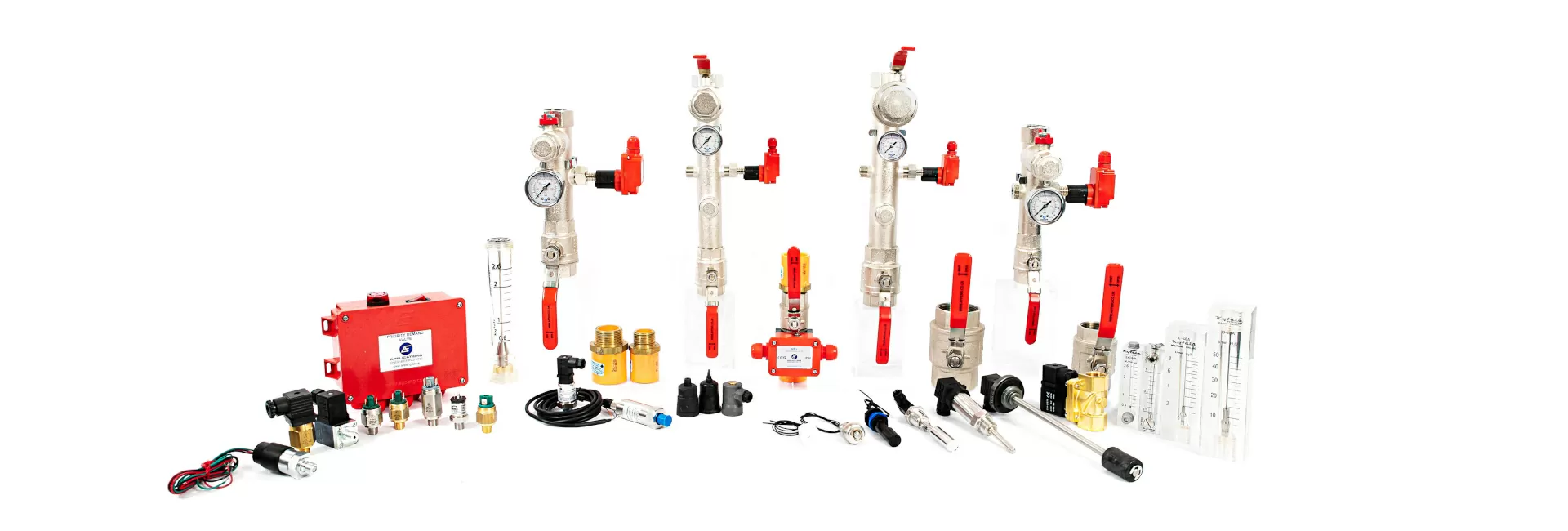 Add My Company
Add My Company

Monitoring and analysing pressure levels is crucial in numerous commercial and industrial applications, ranging from hydraulic equipment to combustion engines. Adjustable pressure switches play a vital role in monitoring predicted or unexpected pressure changes, ensuring the proper functioning of pneumatics. Users receive alerts when the pressure either drops below a predefined minimum level or reaches an unusually high point.
What exactly are pressure switches, and what types are available for different installations? In this post, the experts at Applications Engineering provide an overview of how pressure switches work along with the various options available.
What Is a Pressure Switch?
Pressure switches, sometimes used interchangeably with terms like pressure transmitters, consist of two parts: a transducer and an electrical switch. Their purpose is to provide electrical feedback to systems in response to pressure fluctuations. Applications Engineering offers a broad range of pressure switches and components, including vacuum switches and pressure transducers.
How Does a Pressure Switch Work?
Pressure switches operate in one of two ways, leading to distinctions between single-port and double-port pressure switches. In single-port pressure switches, pressure enters through the device port, reaching a diaphragm, piston, or bourdon tube. A pre-loaded spring with a defined threshold is inside the device. If the pressure force exceeds the spring's exertion, the switch contacts activate, breaking the circuit and triggering a pressure change alert.
Double-port switches work similarly, but pressure can enter the device from both ports. The pressure from both ports is compared, and any difference triggers an alert.
Pressure switches monitor pressure in liquids, gases, or both, depending on the model, and they come with adjustable or fixed setpoints to accommodate different pressure ranges.
Types of Pressure Switches
There are two main categories of pressure switches: electromechanical and solid-state.
Electromechanical Pressure Switches
Electromechanical pressure switches have mechanical moving parts within the electrical switch mechanism. The sensor detects pressure changes and physically moves internal components to open or close the electrical contacts. Common transducer types include piston actuators, diaphragms, and bourdon tubes. Electromechanical switches can handle higher electrical loads safely but may be more prone to wear over time.
Solid-State Pressure Switches
Solid-state pressure switches have no internal moving parts. They rely on semiconductors instead of moving contacts to switch electricity. Changes in electrical capacity or resistance flip the circuit when pressure shifts. Solid-state switches use sensors like strain gauges or piezoelectric elements, offering an extended lifespan and precision sensing. However, their switching capacity tends to be lower than in electromechanical models.
Choosing the Right Mechanical Pressure Switch
When selecting a pressure switch, consider the precision your application demands and the electrical loads involved. Electromechanical models are robust for higher-powered circuits, while solid-state options excel in intricate pressure monitoring.
Assessing specifications can be challenging, so reach out to the Applications Engineering team for tailored pressure switch recommendations based on your operation and equipment needs.
Find High-Quality Pressure Switches and Gauges
With decades of experience supplying facilities across the UK, Applications Engineering provides reliable pressure switches and parts. Offering high-quality components from major manufacturers like ATEX, contact the team for assistance in selecting pressure switches to keep your equipment operating safely.
For more information on Exploring the Different Types of Pressure Switches talk to Applications Engineering Limited

